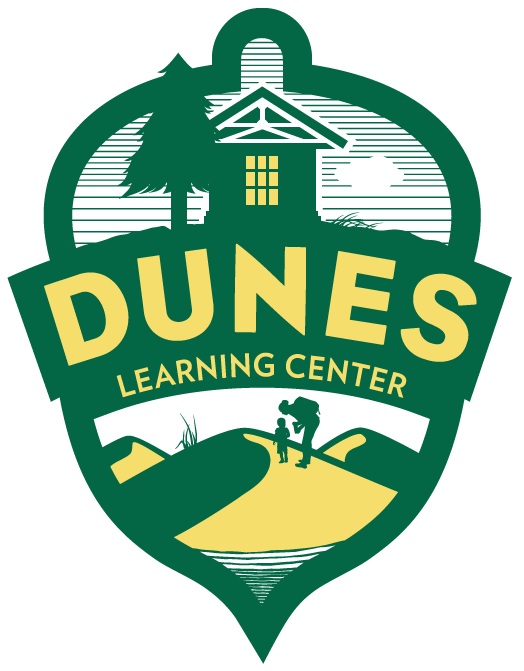Eye Spy
/One of the first activities we complete with our middle school DuneVersity programs are “eye spy” activities. These activities help students learn and practice the first step in the scientific process, observation. This first step is often overlooked when people think of science. People will usually think about filling up beakers or mixing different substances together. Others think of memorizing different organelles in a cell. These activities can help us learn more about the world around us, but may not show the big picture like making observations does.
When I lead groups on hikes, one of things that I will tell students is “If you see anything cool along the trail, let me know and we can talk about it.” This usually leads to the question “What type of plant is this?” or “What type of bug is this?”
I usually respond with “What do you notice about the plant/animal?” Without realizing it, the student starts making observations. They notice that the bug is green and camouflages with the leaf, or that the plant has thorns to protect itself from predators. These observations are often more important than what the species is because it helps inspire curiosity instead of just memorizing a species name.
This curiosity helps students learn that the world around them can teach them a lot. They do not need to know the scientific name of every plant in order to know a lot about the plant. Also, allowing students to use their natural curiosity helps them build empathy. By practicing asking questions about the plants and animals, students can learn to ask questions of others in their community to have a better understanding of the world. By allowing them to be curious and ask questions we are not only promoting empathy, but we are letting students know that it is fine to not know the answer to every single question. This leads to kids growing up to be more curious, empathetic people.
Alex Butina
Environmental Education Fellow II









